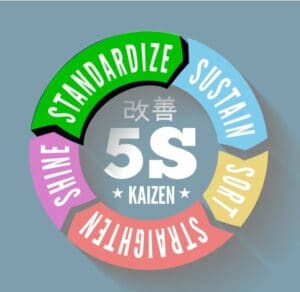One of the key principles of both Lean and Six Sigma philosophies is reducing variation in every process. Why? The bottom line is that variation adversely affects quality, predictability, time allocation, and other factors that reduce profit.
One of the key means to reducing variation is standardizing work to the greatest extent possible.

Once standardized, processes can be improved; efficiencies gained. But until you have a verifiable degree of standardization, work can seem haphazard and even chaotic.
Let’s look at marksmanship as an example.
Some might look at target A below and deem the shooter to be pretty good. All five shots are inside the target area while the shooter at target B missed the target altogether. However, any coach will take shooter B over A anytime because shooter B is consistent, making the same mistake every time. Shooter A is literally all over the target, doing something different with each shot (variation). What might help correct one shot could make the others worse. As shooter B applies corrections you’ll likely see the entire shot group move toward the center of the target. That’s because shooter B’s process is standardized, doing the same thing the same way every time. The process just needs an adjustment.

Intentionality
Be intentional as you standardize work. Identify and eliminate wasted time and motion to build efficiency into processes. Infuse quality by incorporating best practices and industry standards. Take that one step further and incorporate customer-unique specifications into each job.
ISO Certifications, organizational accreditations, even some supplier verifications all have stringent requirements that need to be ingrained into processes. It’s one thing to have binders full of documentation listing all the requirements, specifications, tolerances, and criteria. It’s another thing altogether to truly incorporate all of those into daily operations and be able to demonstrate to customers and auditors how you can guarantee to them that your technicians adhere to them on every job.
Manual quality management techniques are time consuming and therefore costly. Spot checks are hit-and-miss. Modern systems tend toward being either very flexible (like checklist software) but lacking depth in their ability to validate and document a process each time it is performed; or they are very rigidly designed around a particular process and sacrifice the customizability in favor of tight controls. So look for a program that is able to incorporate all the specifications, requirements, calculations, decision-tree logic, and other factors you need but at the same time is adaptable to the various types of work you do or may do in the future. The last thing you want to initiate is multiple non-integrated systems that you’ll need to maintain, update, and train employees to use. Word to the wise here, a lot of companies will offer to develop custom programs that are by nature costly and difficult to design, particularly when the architects are unfamiliar with your business and processes. These systems often take years to implement correctly and are always very expensive. Companies risk being locked to one-off product that is expensive to modify and will probably become obsolete. Extensive research before committing to a solution pays off in the end.
Making It Happen
Change is always hard and resistance is natural. Over the years we’ve learned that things normally go smoother when you have corporate buy-in at all levels. Here are a few thoughts on developing that before making changes:

- Solicit staff input at regular meetings by asking for thoughts on improving the business.
- Talk to key leaders individually regarding changes they’d like to see. If standardizing processes does not come up, work it into the conversation to get them talking about it. Ask them to think about some specific areas that could be standardized and get back to you.
- Ask employees and technicians about their frustrations and what could be done better. Ask what would make their life easier but also more productive. Let them help define the problem and then also the solution. They are the ones who can really make things happen at the ground level, so involve them in process improvement.
- At all levels talk about why standardization is important and the role that each person plays in building a better company.
Try to get each person to see “what’s in it for me” (and by “me” we mean “them” ????)
Things to think about:
- When was the last time you listed all your company processes?
- How often do you review those processes?
- Which of those processes are specifically related to the work your company performs?
- What is the revenue value of each of those work processes?
- Where will you start standardizing?
If the answer is not readily apparent, give us a call.
